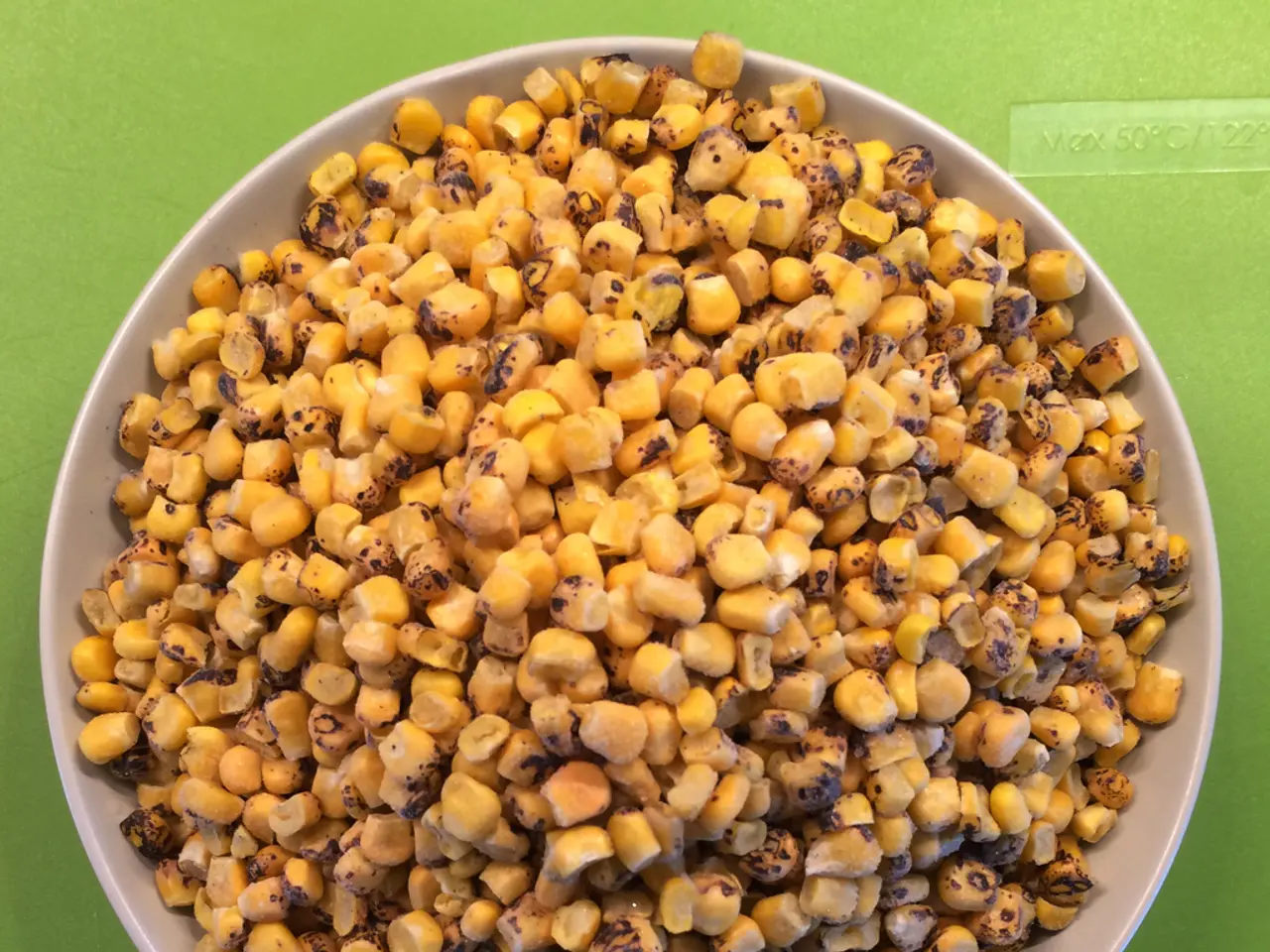USDA Map Indicating Growing Regions in Texas for Various Plants
In the heart of the Lone Star State, gardening enthusiasts can now find their perfect plants with the new Texas USDA planting map. Released at the end of 2023, this updated map offers a more sophisticated approach to selecting plants that will thrive in Texas' diverse climate.
The map divides Texas into several USDA planting zones, each with its unique characteristics. For instance, Zone 7a/7b includes parts of Dallas and San Antonio, while Houston and Austin fall under Zone 8a/8b. The Rio Grande Valley and Corpus Christi are part of Zones 9a/9b. Interestingly, the southernmost areas near the Mexico border are home to Zones 10a/10b, which are quite rare in Texas.
Compared to the cooler Zone 6b, found in the northern part of the state, these Texas zones are warmer, allowing for longer growing seasons and more heat-tolerant plants. However, it's essential to remember that other factors, such as planting location, soil condition, and humidity, can also affect a plant's success.
To help gardeners navigate this new map, a gardening platform offers tips, videos, information, and a free e-book titled "How to Grow Delicious Tomatoes." This resource is invaluable for those looking to make the most of their gardening efforts.
As you explore the Texas USDA planting map, you'll notice images of West Texas and East Texas. To get a closer look at the West Texas map, simply click on the image above, and for a larger version of the East Texas map, click here.
Remember, winter lows in Texas can vary significantly depending on your location in the state. While some areas might drop down to -5 degrees F., others can be as warm as 20 degrees F. By using the zone information presented in the Texas planting map, you can choose appropriate plants that will thrive in your winter weather.
The Texas USDA planting map provides a strong framework for planning a garden, considering factors such as elevation, proximity to a large body of water, and urban heat. It's an upgrade from the 2012 map, which was not as sophisticated, making it easier for gardeners to find the right plants for their gardens.
So, whether you're a seasoned gardener or just starting out, the new Texas USDA planting map is an essential tool for your gardening journey. Happy planting!








